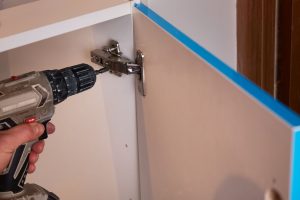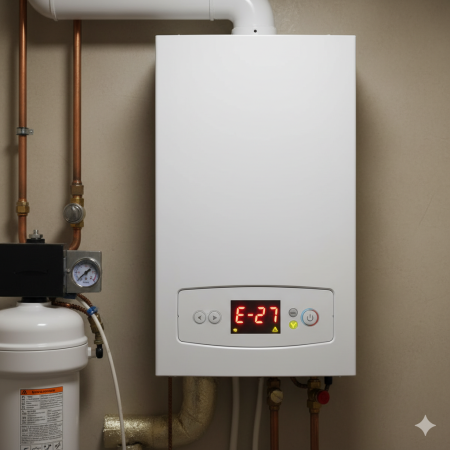There’s nothing more frustrating than a lock that just won’t turn. It grinds, it squeaks, and it makes you dread fumbling with your keys at the end of a long day. A lock that won’t turn or a door lock squeaking isn’t just an annoyance; it’s a sign that your lock needs some TLC.
The good news is that most lock problems can be solved with a simple door lock maintenance routine. We’ll show you the right way to lubricate a door lock and get it working smoothly again.
What’s making your lock sticky?
Before you reach for a lubricant, it’s helpful to understand what’s causing the problem. Over time, dirt, dust, and grime build up inside the lock’s intricate mechanism. This creates friction, making it difficult for the pins and springs to move freely. Other causes can include:
- Extreme weather: Hot or cold weather can cause metal parts to expand or contract.
- Worn-out keys: A worn or bent key can put stress on the lock, causing the internal parts to wear down faster.
- Misalignment: The door itself may have shifted slightly, causing the latch or bolt to rub against the frame [check out our blog on how to fix this].
The right lubricant for door locks
This is the most important part of the job. Using the wrong product can actually make the problem worse in the long run.
- Do use: A dry lubricant like graphite powder or a PTFE-based spray. These are specifically designed for locks, as they create a thin, slick film without attracting dirt and dust.
- Do NOT use: An oil-based lubricant like standard WD-40. While it may provide a quick, temporary fix, it will attract dust and dirt, causing a gummy residue that will eventually clog the lock.
How to fix a stiff lock in three simple steps
A little bit of preventative door lock maintenance can prevent a lot of headaches.
- Clean the lock: First, use a can of compressed air to blow out any loose dust or debris from the keyhole. You can also use a small, soft brush.
- Apply the lubricant: Gently insert the nozzle of your dry lubricant spray or powder dispenser into the keyhole. Give it a short, light burst. A little goes a long way.
- Work the key: Insert your key into the lock and turn it back and forth several times. This helps to distribute the lubricant throughout the entire mechanism. Then, wipe off any excess lubricant that comes out on the key.
When to call a professional
While lubricating a lock can often solve the problem, sometimes a lock won’t turn because of a more serious issue. It’s always best to call a professional locksmith if:
- The lock is still stiff after you have cleaned and lubricated it.
- Your key is bent, damaged, or has snapped in the lock.
- You’re worried the lock has an internal mechanical fault or has a security flaw.
- The door is misaligned, causing consistent friction.
A professional can diagnose the underlying issue and either repair the mechanism or replace the lock entirely, ensuring your home remains safe and secure.Ready to get started? With Rated People, you have the power to get it done. Find a trusted, local tradesperson today.
Read the full article here









